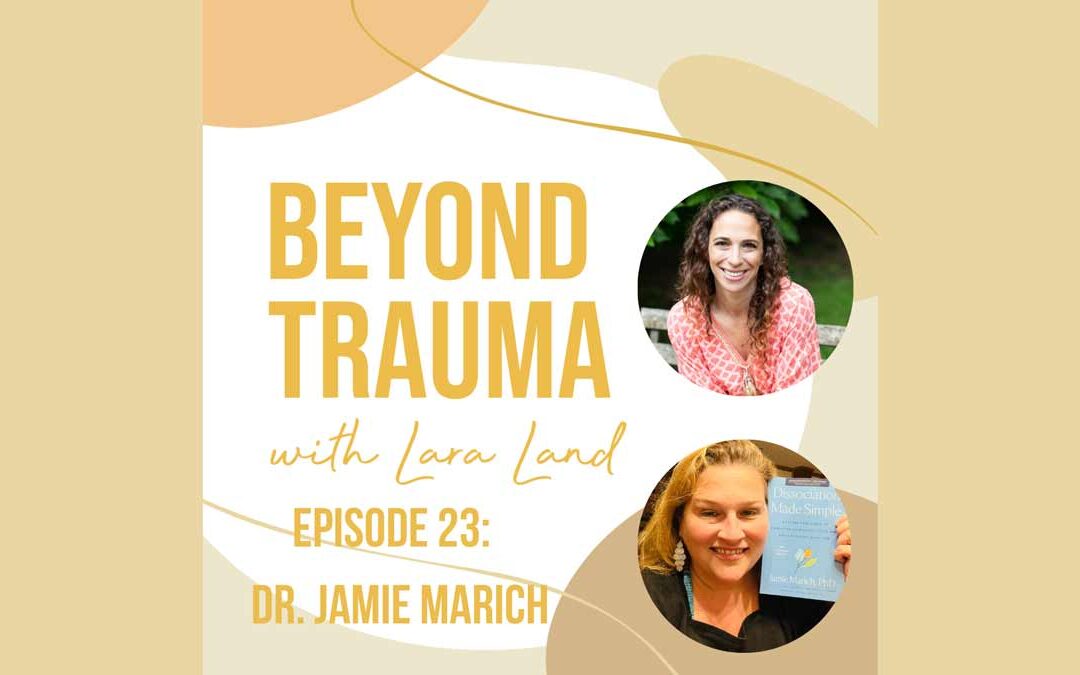I’ve been leading trainings in trauma-sensitive yoga since 2014 and one thing which I’ve noticed as my content has evolved is how applicable the information is to any field. It has gotten me to believe that all professions, practices, and sports should have trauma sensitivity training for their leadership. It has been gratifying to see that I’m not the only one who has thought this way. Dr. Jamie Marich, the clinical trauma specialist who wrote Transforming Trauma with Jiu Jitsu had this same idea when she wrote that book and continues to feel so.
We speak, in the latest episode of Beyond Trauma, about the need for trauma-sensitivity training in all fields and specifically how the combination of trauma-sensitivity and the Brazilian Jiu-Jitsu martial art mesh so exceptionally to help trauma survivors.
Many of the aspects of Jiu-Jitsu are similar to those of yoga. Depending on the instructor, there can be a strong focus on breathwork in Jiu-Jitsu just like in yoga. This concentration on the precious link between our inner and outer worlds can be both triggering and healing and which way that goes largely depends on whether the Jiu-Jitsu or yoga teacher has trauma sensitivity training.
Similar to yoga, in Jiu-Jitsu, we work with the mind and the body. In each moment there are a variety of choices and positions the practitioner could bring the body into. The act of making a choice can be both empowering and terrifying for a trauma survivor. These different shapes may bring up memories and emotions. In a safe environment, meaning one in which the practitioner feels able to take breaks, make adjustments, and share their experience without it being judged or doubted, both yoga and Jiu-Jitsu present the opportunity for a survivor to be with difficult sensations in a healthy and potentially healing way.
The main difference between the two practices is the closeness with which one works with a partner in Jiu-Jitsu. With the exception of specific yoga styles such as Partner Yoga or Acro Yoga, yoga is usually more of a solitary practice within a group setting. The partner activities central to Jiu-Jitsu make it all the more potentially triggering and sensitive for trauma survivors. This component also provides a place for growth and healing as a survivor gets comfortable letting someone get physically close to them.
Working in partnership, Jiu-Jitsu practitioners learn that size is not the determining factor in overwhelming one’s component. This is a powerful teaching, especially for trauma survivors who may have experienced helplessness. Learning to defend oneself and feeling confident in one’s ability to do so regardless of an opponent’s size is something that is hardly describable if you’ve been overpowered and why we believe this practice of Jiu-Jitsu so essential.
Take a listen to this special episode on iTunes, Spotify, or wherever you listen to podcasts and let me know what you think in your reviews and comments!


Recent Comments